Pall Allegro™ XRS 25 Biocontainer Validation Guide
- Type
- Validation Guide
Pall Allegro™ XRS 25 Biocontainer is a single-use, gamma-irradiated biocontainer designed for use with the Allegro XRS 20 and 25 bioreactors. Constructed from low-density polyethylene (LDPE) film and high-density polyethylene (HDPE) ports, it is specifically designed to provide optimal growth conditions for mammalian cells, with a capacity of up to 25 liters.
The Allegro™ XRS 25 Biocontainer features a unique design that promotes efficient mixing of gases and liquids, fostering optimal cell growth and productivity. Its robust construction ensures reliability and durability, making it ideal for large-scale cell culture applications, including monoclonal antibody production and vaccine manufacturing.
Pall Allegro™ XRS 25 Biocontainer is a single-use, gamma-irradiated biocontainer designed for use with the Allegro XRS 20 and 25 bioreactors. Constructed from low-density polyethylene (LDPE) film and high-density polyethylene (HDPE) ports, it is specifically designed to provide optimal growth conditions for mammalian cells, with a capacity of up to 25 liters.
The Allegro™ XRS 25 Biocontainer features a unique design that promotes efficient mixing of gases and liquids, fostering optimal cell growth and productivity. Its robust construction ensures reliability and durability, making it ideal for large-scale cell culture applications, including monoclonal antibody production and vaccine manufacturing.













-
 1
1
-
 2
2
-
 3
3
-
 4
4
-
 5
5
-
 6
6
-
 7
7
-
 8
8
-
 9
9
-
 10
10
-
 11
11
-
 12
12
-
 13
13
Pall Allegro™ XRS 25 Biocontainer Validation Guide
- Type
- Validation Guide
Pall Allegro™ XRS 25 Biocontainer is a single-use, gamma-irradiated biocontainer designed for use with the Allegro XRS 20 and 25 bioreactors. Constructed from low-density polyethylene (LDPE) film and high-density polyethylene (HDPE) ports, it is specifically designed to provide optimal growth conditions for mammalian cells, with a capacity of up to 25 liters.
The Allegro™ XRS 25 Biocontainer features a unique design that promotes efficient mixing of gases and liquids, fostering optimal cell growth and productivity. Its robust construction ensures reliability and durability, making it ideal for large-scale cell culture applications, including monoclonal antibody production and vaccine manufacturing.
Ask a question and I''ll find the answer in the document
Finding information in a document is now easier with AI
Related papers
-
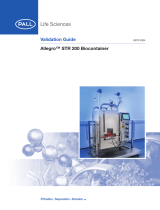 Pall Allegro™ STR 200 Biocontainer Validation Guide
Pall Allegro™ STR 200 Biocontainer Validation Guide
-
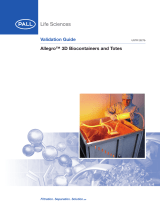 Pall Allegro™ 3D Biocontainers and Totes Validation Guide
Pall Allegro™ 3D Biocontainers and Totes Validation Guide
-
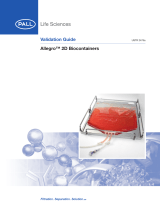 Pall Allegro™ 2D Biocontainers Validation Guide
Pall Allegro™ 2D Biocontainers Validation Guide
-
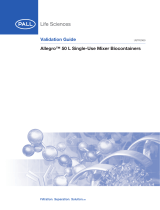 Pall Allegro™ 50 L Single-Use Mixer Biocontainers Validation Guide
Pall Allegro™ 50 L Single-Use Mixer Biocontainers Validation Guide
-
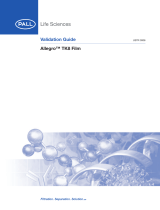 Pall Allegro™ TK8 Film Validation Guide
Pall Allegro™ TK8 Film Validation Guide
-
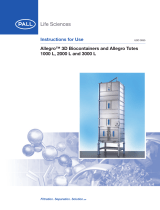 Pall Allegro™ 3D Biocontainers and Allegro Totes Step-by-Step Guide
Pall Allegro™ 3D Biocontainers and Allegro Totes Step-by-Step Guide
-
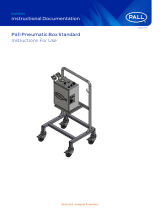 Pall Pneumatic Box Standard Step-by-Step Guide
Pall Pneumatic Box Standard Step-by-Step Guide
-
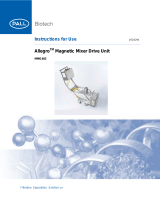 Pall Allegro™ Magnetic Mixer Drive Unit Step-by-Step Guide
Pall Allegro™ Magnetic Mixer Drive Unit Step-by-Step Guide
-
 Pall Powder Handling Bags Validation Guide
Pall Powder Handling Bags Validation Guide
-
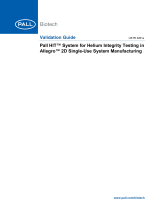 Pall HIT™ System Validation Guide
Pall HIT™ System Validation Guide
Other documents
-
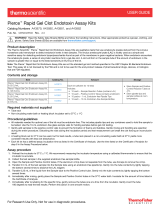 Thermo Fisher Scientific Pierce Rapid Gel Clot User guide
Thermo Fisher Scientific Pierce Rapid Gel Clot User guide
-
 Thermo Fisher Scientific Pierce Chromogenic User guide
Thermo Fisher Scientific Pierce Chromogenic User guide
-
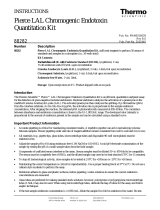 Thermo Fisher Scientific Pierce LAL Chromogenic User guide
Thermo Fisher Scientific Pierce LAL Chromogenic User guide
-
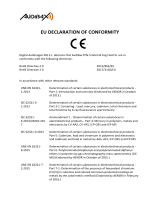 Audibax FFN-5 Normal Fog Fluid 5L Owner's manual
Audibax FFN-5 Normal Fog Fluid 5L Owner's manual
-
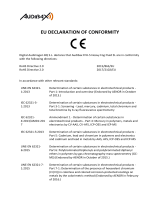 Audibax FFH-5 Heavy Fog Fluid 5L Owner's manual
Audibax FFH-5 Heavy Fog Fluid 5L Owner's manual
-
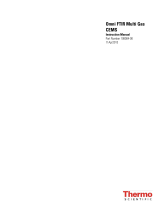 Thermo Fisher Scientific Omni FTIR User manual
Thermo Fisher Scientific Omni FTIR User manual
-
 Steris Septihol 99 Alcohol Solution Operating instructions
Steris Septihol 99 Alcohol Solution Operating instructions
-
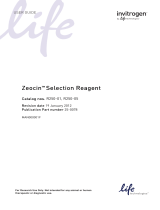 Thermo Fisher Scientific Zeocin Selection Reagent User guide
Thermo Fisher Scientific Zeocin Selection Reagent User guide
-
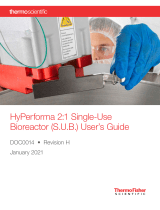 Thermo Fisher Scientific HyPerforma 2.1 Single-Use Bioreactor User guide
Thermo Fisher Scientific HyPerforma 2.1 Single-Use Bioreactor User guide
-
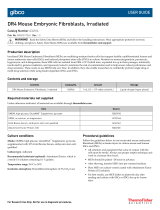 Thermo Fisher Scientific DR4 Mouse Embryonic Fibroblasts, Irradiated User guide
Thermo Fisher Scientific DR4 Mouse Embryonic Fibroblasts, Irradiated User guide
































